Union Minister for Electronics and Information Technology Ashwini Vaishnaw, who inaugurated the facility on 16 September, said the chips designed here will power artificial intelligence servers, drones and next-generation smartphones.
Vaishnaw noted that ARM’s 2nm programme makes it only the second company, after Renesas, to undertake such cutting-edge chip design in India. “As we develop the semiconductor ecosystem in the country, we must move to leading nodes,” he said, highlighting ongoing government engagement with global technology leaders such as ASML, IBM Albany and IMEC.
The minister outlined the progress of the India Semiconductor Mission (ISM), which focuses on supporting industries that rely on 28nm and larger chips, accounting for approximately 60 per cent of global demand, serving the automotive, telecom, and industrial sectors.
Ten semiconductor projects have been announced under ISM so far, including two fabrication plants and eight assembly, testing, marking and packaging (ATMP) units. Gujarat’s CG Semi plant in Sanand is set to produce India’s first homegrown chip, with two additional ATMP facilities in the state expected to begin pilot production soon.
Vaishnaw added that ISM now supports 278 institutions with access to leading design tools, enabling students to create 28 chip designs already.
“We have practically completed the first phase of India’s Semiconductor Mission and are moving to the second phase, which will focus on manufacturing equipment and materials,” he said, stressing India’s aim to build the entire semiconductor value chain, from design and fabrication to equipment production and talent development.
Calling the ARM Bengaluru centre a “significant milestone,” the minister said India’s semiconductor journey, which began with mobile phone assembly, is now advancing toward high-value chip design and manufacturing, backed by a 20-year vision and a growing pool of skilled engineers.




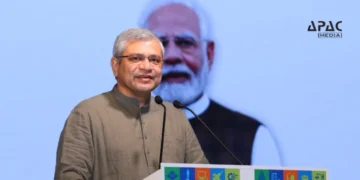




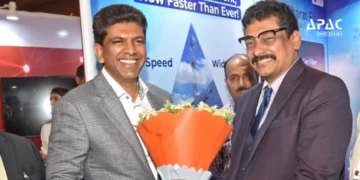





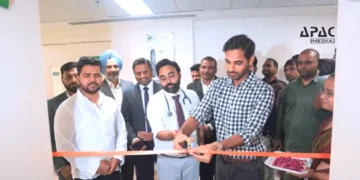



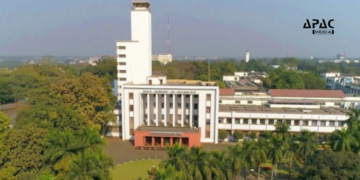

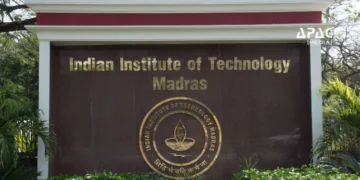
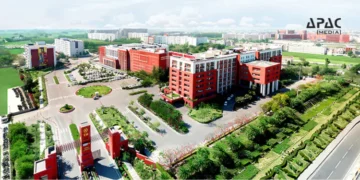
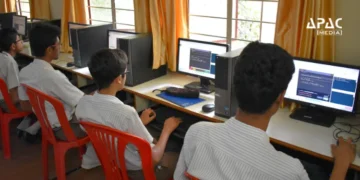
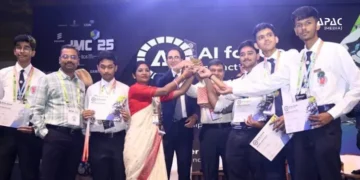
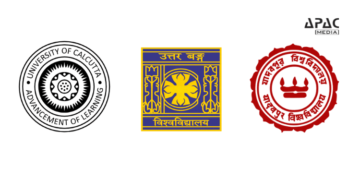

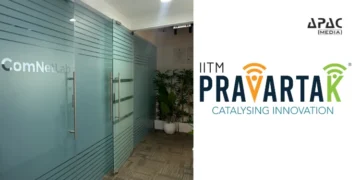
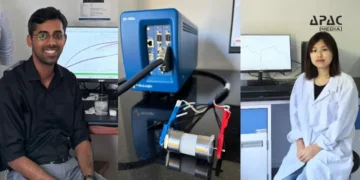
















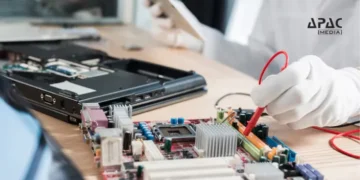


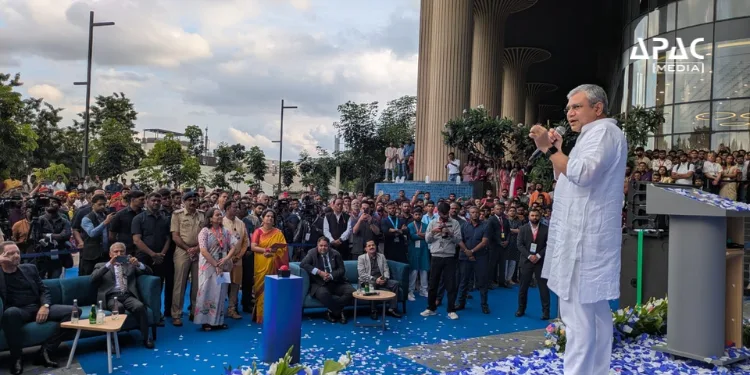
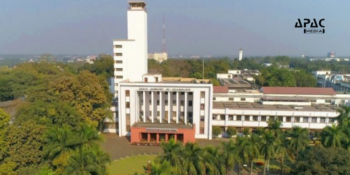












Discussion about this post